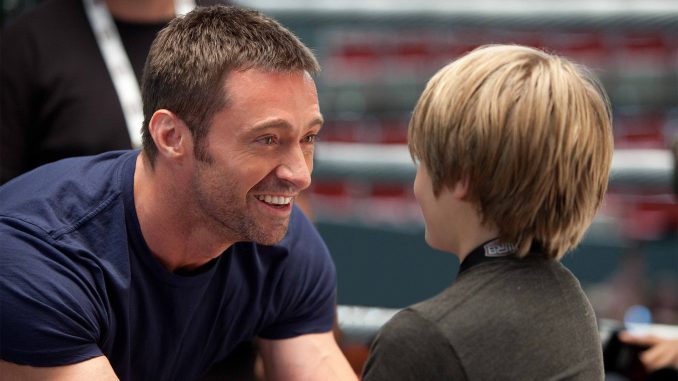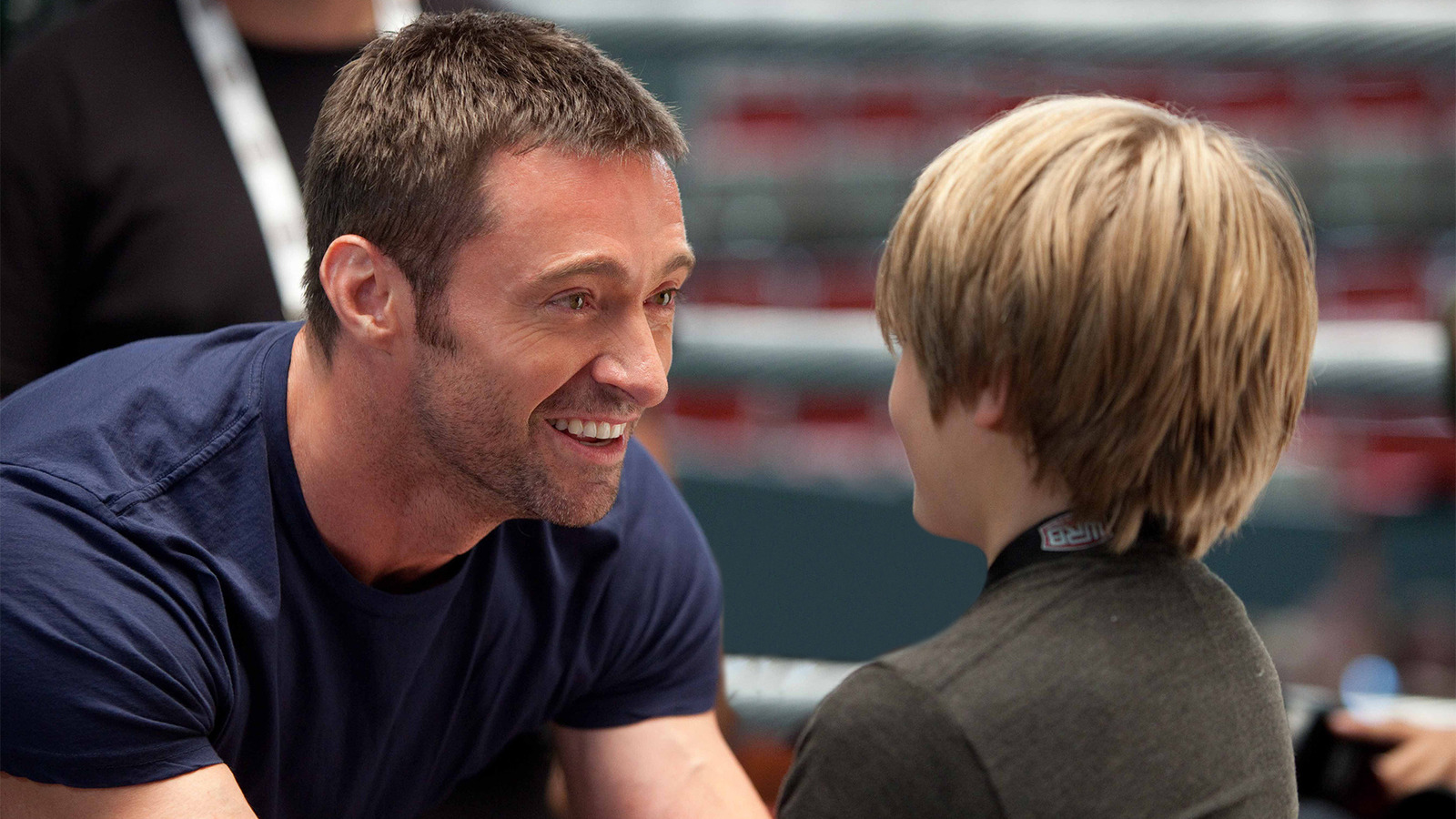

Even though he was working from a script by respected A-list artists Dan Gilroy (“Nightcrawler”) and Jeremy Leven (“The Notebook”), Levy’s “Real Steel” felt like a familiar, CG-laden programmer in its own way. the successes of Night at the Museum; so for Matheson admirers and “The Twilight Zone” fans, it seemed downright skippable. But while the narrative form is more of a mash-up of “Paper Moon” https://www.slashfilm.com/”The Champ,” the heart of Matheson’s story is nestled within the studio’s feel-good machinery.
Jackman’s Charlie Kenton is, like Marvin’s Kelly, a former boxer working on the fringes of the robot fighting circuit with sub-standard fighters. But since it is a four-quadrant film, Charlie must have a much more important part in the game, namely his son Max (Dakota Goyo), whose mother has just died and whom he has not seen since birth. When they discover a scrapped robot called Atom with a built-in “shadow function”, which allows Charlie to imbue him with his boxing intelligence, they unwittingly find themselves dealing with a formidable underdog.
Thanks to off-the-charts chemistry between Jackman and Evangeline Lily, top-notch visuals, and an exciting sports-movie story arc told with unabashed conviction, “Real Steel” is an incredibly entertaining winner (it remains the only good film directed by Levy). I have no idea why it wasn’t a hit in theaters (a $300 million worldwide gross on a $110 million budget is sub-optimal), but it has since been picked up via streaming. I’d happily recommend it to parents looking for something to watch with their kids without turning their noses up, and I’d be happy to see it again now. It’s wildly rewatchable.
Alas, his re-adaptation of Matheson’s central concept has not aged well. Indeed, “Real Steel” now feels a bit like a betrayal of its source material.
Leave a Reply